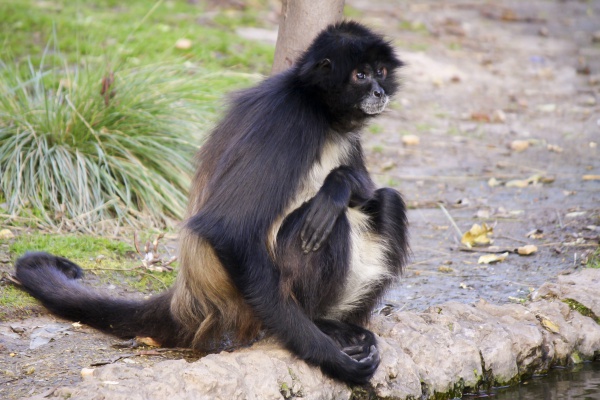Facts About White-bellied spider monkey
The white-bellied spider monkey, also known as the white-fronted or long-haired spider monkey, is an endangered species native to the northwestern Amazon. These primates can be found in countries such as Colombia, Ecuador, Venezuela, Peru, and Brazil. They are easily identifiable by their whitish bellies and a pale patch on their foreheads. Sadly, their population has declined by about 50% over the past 45 years, primarily due to habitat loss and hunting, leading to their endangered status.
White-bellied spider monkeys play a crucial role in their ecosystem, particularly in seed dispersal for plants like Oenocarpus bataua. They live in social groups that exhibit fission-fusion dynamics, where the group composition changes frequently, often influenced by the reproductive status of the females. However, it is important to note that males may sometimes engage in infanticide within these groups.
In terms of diet, white-bellied spider monkeys primarily consume ripe fruits, effectively dispersing seeds intact through their digestive systems. They prefer fruits that are high in lipids or sugars.
These monkeys' bodies are well-adapted for arboreal life. They practice brachiation, swinging from branch to branch using their arms. They also possess a prehensile tail with a gripping pad and hands with long metacarpal bones, making them adept climbers. Their teeth are adapted to their fruit-heavy diet, displaying variations within the species to accommodate different types of fruit.

 Brazil
Brazil